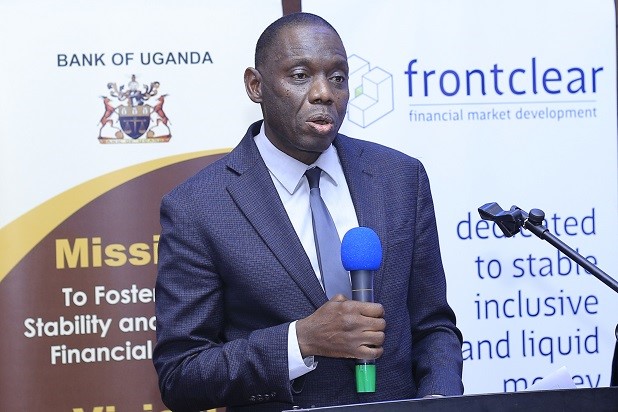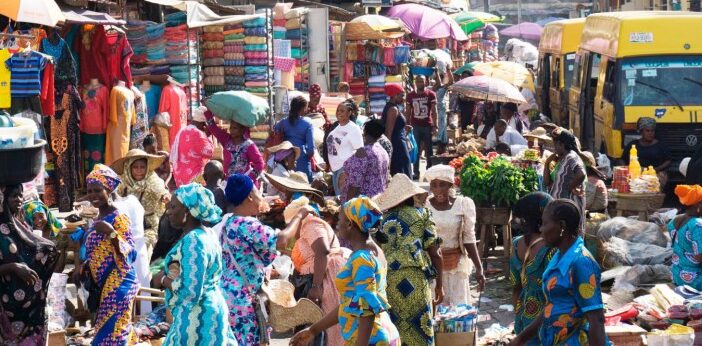As digital finance sweeps across the globe, Africa is not being left behind.
Currently, African countries are actively researching, piloting, or rolling out Central Bank Digital Currencies (CBDCs), a testament to the continent’s growing commitment to fintech innovation and financial inclusion.
CBDCs are government-issued digital versions of national currencies, secured, traceable, and issued directly by central banks. Unlike cryptocurrencies, they are legal tender and function alongside traditional cash.
As African central banks explore this next frontier, they aim to close financial inclusion gaps, streamline cross-border payments, and modernize monetary systems.
But rolling out a CBDC in Africa isn’t just about tech; it’s about navigating fragmented infrastructure, regulatory complexity, and diverse digital literacy levels.
Below is a rundown of ten African countries making major strides in digital currency exploration as of 2025.

Uganda’s Bank of Uganda (BoU) has initiated a nationwide consultation to explore how a CBDC could align with its goals of inclusion, efficiency, and fraud resistance.
Its preliminary findings suggest that a digital shilling could help bridge gaps in underserved areas and reduce transaction costs, pending broader stakeholder alignment and legal framework readiness.
Beyond the immediate cost savings, the BoU envisions a Central Bank Digital Currency (CBDC) offering a broader range of benefits for Uganda’s financial landscape.
These potential advantages include enhanced financial inclusion by reaching underserved populations, improved payment efficiency through streamlined transactions and reduced fees, and strengthened security against counterfeiting and theft.



















